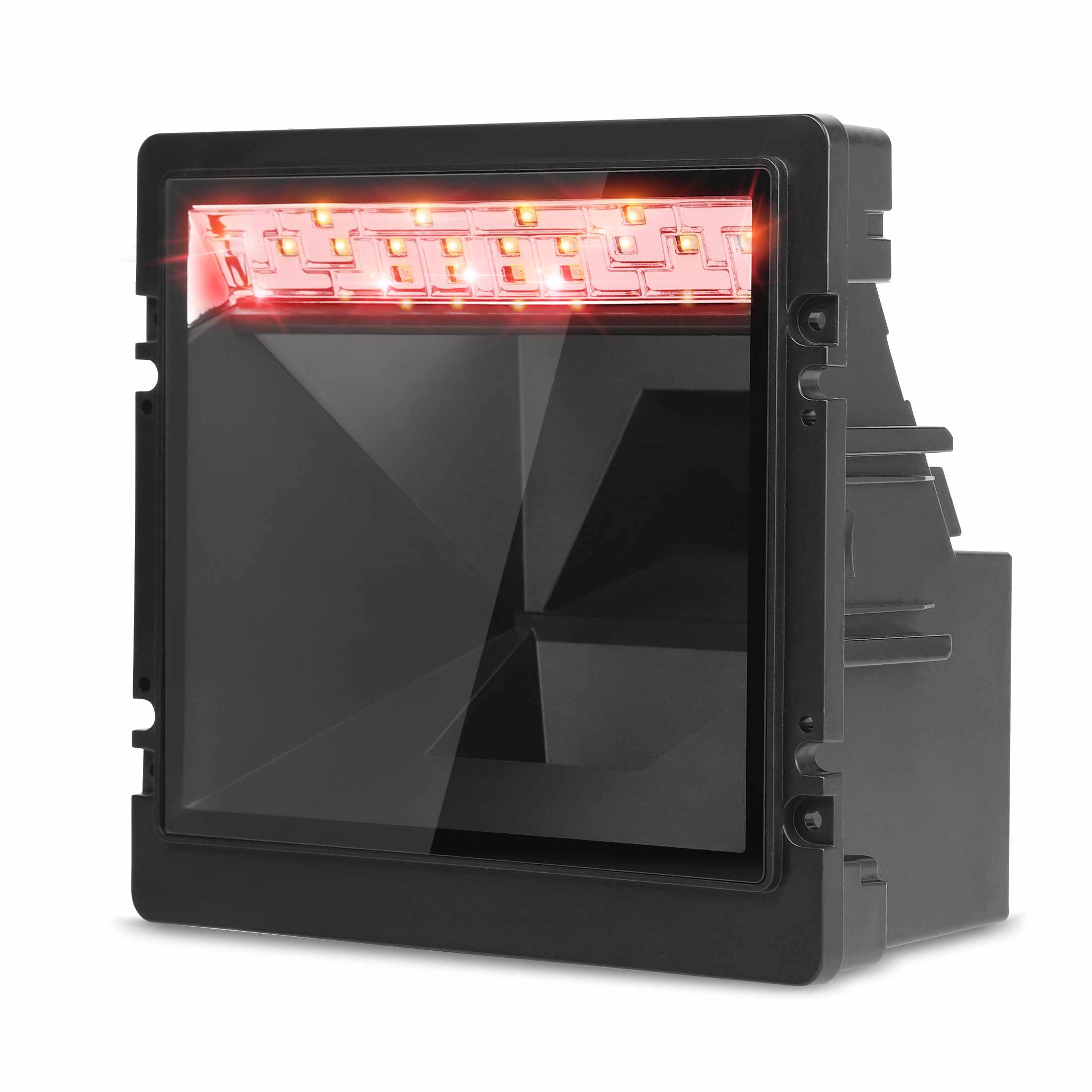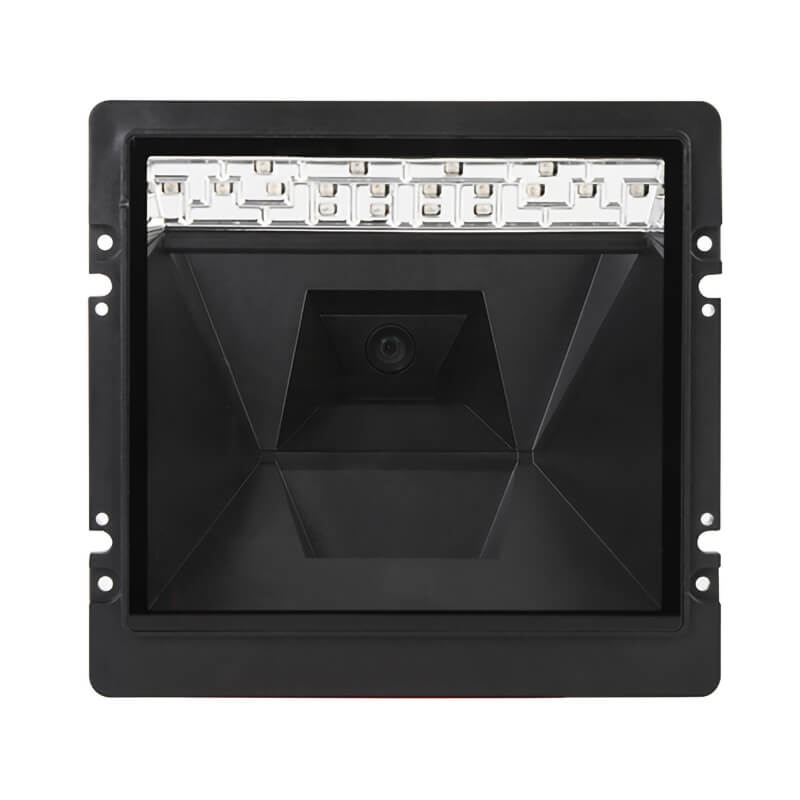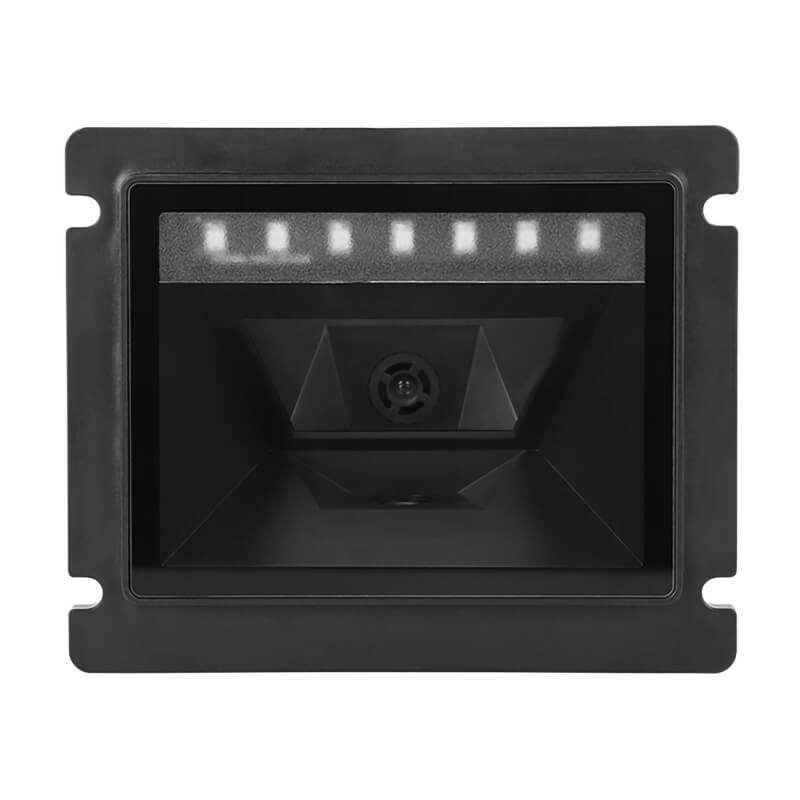Embedded barcode scanners are essential components in a variety of industries, including retail and logistics, healthcare, and manufacturing. These scanners are designed to be integrated into devices and systems, providing seamless data capture and processing capabilities. One commonly asked question is whether integrated barcode scanners can read both 1D and 2D barcodes. This article explores the capabilities of embedded barcode scanners, the differences between 1D and 2D barcodes, and the advantages of using scanners that can read both types.
Understanding 1D And 2D Barcodes
1D Barcodes
1D barcodes, also known as linear barcodes, are the traditional barcodes that most people are familiar with. They consist of a series of parallel lines of varying widths and spaces that encode data horizontally. Common examples include the Universal Product Code (UPC) and Code 39. These barcodes are widely used in retail for product identification and inventory management.
1D barcodes typically hold a limited amount of information, usually up to 25 characters, and require a database connection to retrieve detailed information about the encoded item.
2D Barcodes
2D barcodes, on the other hand, encode data horizontally and vertically, allowing them to contain significantly more information in a smaller space. QR codes, Data Matrix, and PDF417 are all examples of two-dimensional barcodes. These barcodes may hold thousands of characters and can contain a variety of data kinds, including text, URLs, photos, and speech data.
2D barcodes are more versatile and can be read from any angle, even if they are slightly damaged, thanks to their error correction capabilities.

Guangzhou Syble Embedded Barcode Scanner
Can Embedded Barcode Scanners Read Both 1D And 2D Barcodes?
The short answer is yes, many embedded barcode scanners are capable of reading both 1D and 2D barcodes. This capability is largely due to advancements in imaging technology and the development of versatile scanning engines.
Imaging Technology
Modern embedded barcode scanners often use imaging technology, such as CMOS or CCD sensors, to capture and decode barcodes. These sensors can read 1D and 2D barcodes by collecting an image of the barcode and decoding the data with software algorithms.
Versatile Scanning Engines
Many embedded barcode scanners are equipped with scanning engines that can handle multiple barcode symbologies. For example, a 2D imager can read both linear and 2D barcodes, making it a versatile choice for various applications.
Advantages Of Using Scanners That Read Both 1D And 2D Barcodes
Increased Flexibility
Using scanners that can read both 1D and 2D barcodes provides greater flexibility in terms of the types of barcodes that can be used. This is particularly useful in environments where different types of barcodes are used for different purposes, such as in logistics and manufacturing.
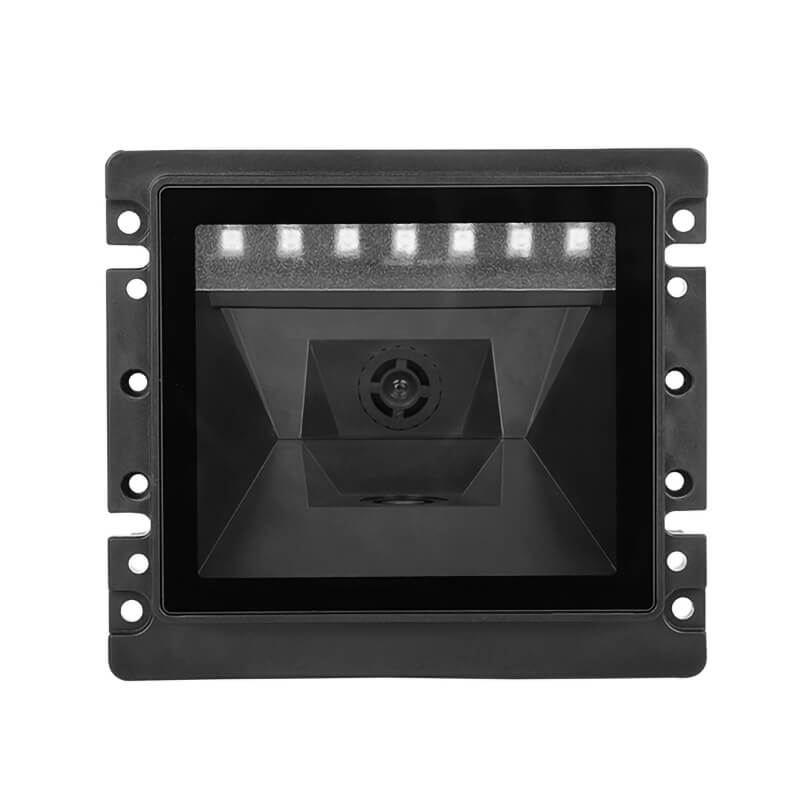
Syble Embedded Barcode Scanner Module
Enhanced Data Capture
2D barcodes can hold a lot more data than 1D barcodes, allowing for more detailed information to be encoded directly into them. This can reduce the need for database lookups and improve the efficiency of data capture processes.
Improved Durability And Readability
2D barcodes are more robust and can be read from any angle, even if they are slightly damaged. This makes them ideal for environments where barcodes may be exposed to wear and tear.
Applications Of Embedded Barcode Scanners
Retail
In retail, embedded barcode scanners are used in point-of-sale systems, self-checkout kiosks, and inventory management systems. The ability to scan both 1D and 2D barcodes enables shops to use a range of barcode types for various purposes, such as product identification and marketing campaigns.
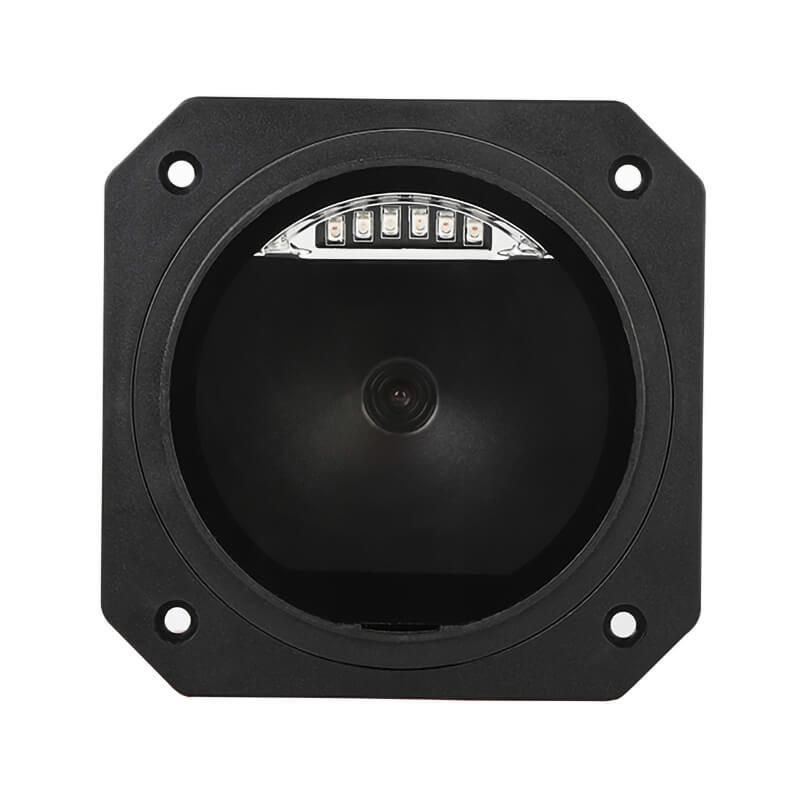
Embedded Barcode Scanner Platform By Syble
Healthcare
In healthcare, embedded barcode scanners are used in medical devices, patient identification systems, and laboratory equipment. The ability to read both 1D and 2D barcodes ensures that healthcare providers can capture detailed patient information and track medical supplies accurately.
Manufacturing And Logistics
In manufacturing and logistics, embedded barcode scanners are used for tracking parts, managing inventory, and ensuring the accuracy of shipments. The adaptability of scanners that can read both 1D and 2D barcodes enables efficient data capture and increased operational efficiency.
Conclusion
Embedded barcode scanners that can read both 1D and 2D barcodes offer significant advantages in terms of flexibility, data capture, and durability. These scanners are vital instruments in a variety of industries, delivering dependable and effective barcode scanning capabilities. As technology continues to advance, the capabilities of embedded barcode scanners will only improve, further enhancing their value in diverse applications.

